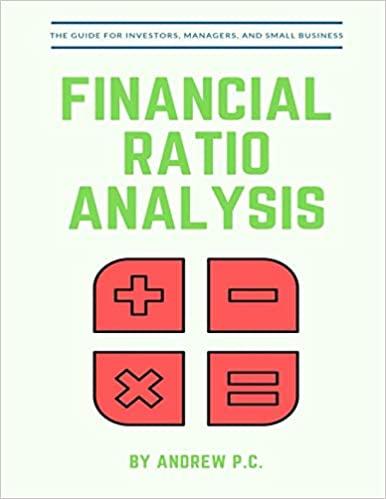Answered step by step
Verified Expert Solution
Question
1 Approved Answer
drop down menu options: 1- bundled with, separate, no 2-bundled with, separate, no 3-bundled with, separate, no 4-pure insurance, savings 5-pure insurance, savings 6-fixed, market
drop down menu options:
1- bundled with, separate, no
2-bundled with, separate, no
3-bundled with, separate, no
4-pure insurance, savings
5-pure insurance, savings
6-fixed, market based
7-term whole

Step by Step Solution
There are 3 Steps involved in it
Step: 1

Get Instant Access to Expert-Tailored Solutions
See step-by-step solutions with expert insights and AI powered tools for academic success
Step: 2

Step: 3

Ace Your Homework with AI
Get the answers you need in no time with our AI-driven, step-by-step assistance
Get Started


